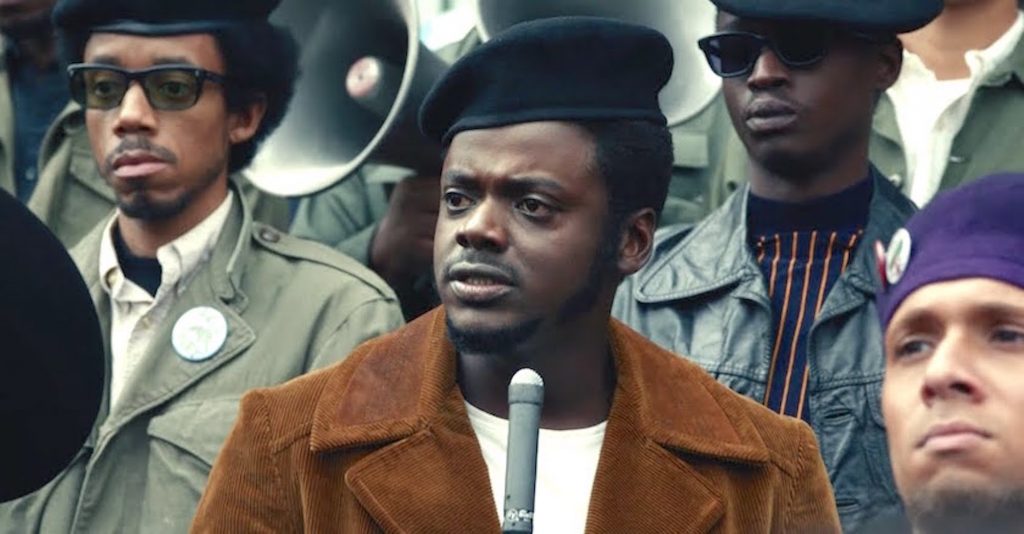Alyssa Leong ‘23
Film Columnist
Despite the postponement of many movie releases in 2020, this year’s Oscars nominees have made history in numerous ways. This year’s Oscars are the most diverse yet, and show that positive change is finally being made in The Academy’s selections.
This year has the most nominations ever for women, with 70 different women receiving 73 different nominations in total. In all of Oscars history, there have only been five women nominated for best director, with only one winning. But this is the first year that more than one woman has been nominated for best director (Emerald Fennell for Promising Young Woman and Chloé Zhao for Nomadland). Additionally, Chloé Zhao is the first non-white woman to be nominated.
The acting categories have also been diversified as well. Riz Ahmed is the first Muslim man to ever be nominated for best actor for his performance in Sound of Metal. Additionally, Steven Yeun is the first Asian American man to be nominated for best actor in his role for Minari. Both himself and co-star Youn Yuh-jung (nominated for best supporting actress) are the first Korean actors to be nominated for their respective categories.
With its six nominations, Judas and the Black Messiah has also made history as the most Black Oscar nominees from a single movie. It is the first all-Black produced best picture nominee, and actors Daniel Kaluuya and LaKeith Stanfield’s nominations for best supporting actor is the first time two Black male actors have been nominated for the category.
Not only do this year’s nominees showcase a wider range of races and genders, but topics as well. Historically, the Academy has been predisposed to the “white male rage” genre (as one Saturday Night Live skit described last year).
However, a majority of the Best Picture nominees in particular cover political messages; the anti-capitalist themes of Nomadland, the pervasive rape culture exposed in Promising Young Woman, the alternative perspective of the American Dream in Minari, the portrayal of deaf culture in Sound of Metal, and the discussions of justice in Trial of the Chicago 7 and Judas and the Black Messiah.
It’s positive to see the Academy finally responding to #OscarsSoWhite, even if it took six years and an (admittedly scant) “diversity quota” for it to happen. That being said, I can’t help thinking about how the Academy — and Hollywood as a whole — still has a long way to go when it comes to representation. How is this, the 93rd year in Oscars history, the first time that more than one woman has been nominated for Best Director? Why does a pandemic have to be the reason we finally see more movies outside the scope of “white male rage” be nominated for Best Picture?
Despite all of this “change,” Hollywood is still overwhelmingly white. As of 2019, Hollywood’s senior executives were 93 percent white and 80 percent male, according to The University of California, Los Angeles. Additionally, in the same year people of color only made up 27.6 percent of lead actors in movies, and only 15.1 percent of directors were people of color. Furthermore, the Academy itself is still 84 percent white and 68 percent male, as of 2020.
That being said, I can’t help wondering that this diverse set of nominations has only come because of the pandemic (especially looking at the 2020 ceremony’s nominees). As society starts to “go back to normal,” it will be interesting to see how future Academy Award nominations are impacted. When not constrained by the pandemic, I’d hope that next year’s nominations will continue to be as diverse. It will also be interesting to see how the permanent closure of theaters nationwide and the release of many upcoming movies on streaming services will change the landscape, in terms of our enjoyment of movies and how this affects how movies are made, as well as what kind of money Hollywood makes.
However, even those of us outside of Hollywood have some control over this. Diverse movies have statistically done better at the box office (when there was still a box office, that is). In 2019, casts made up of 41 percent to 50 percent minorities had the highest media global box in 2019, according to UCLA. If we continue to support these movies either in theaters or by actually paying for them over livestreams, then we can encourage even more change in the industry.
Historically (and even today), Hollywood has been particularly slow to make progressive change. Losing “main audiences,” and thus, profit has been an excuse for inclusion in movies, which is only encouraged by executive boards made up of mainly white men.
However, the past year has made it clear that the industry has been changed forever. With new movies being released almost exclusively on streaming platforms, content can be catered to “niche” audiences that may not have gotten a spotlight before, whether that be in terms of lower-budget movies or minority groups. The diversity of this year’s Oscar’s nominees is clear evidence of this. Hopefully, that means that such diversity in the pool of “acclaimed” movies is here to stay (and will only grow), even if it is at the expense of theaters.
Image Source: Variety



